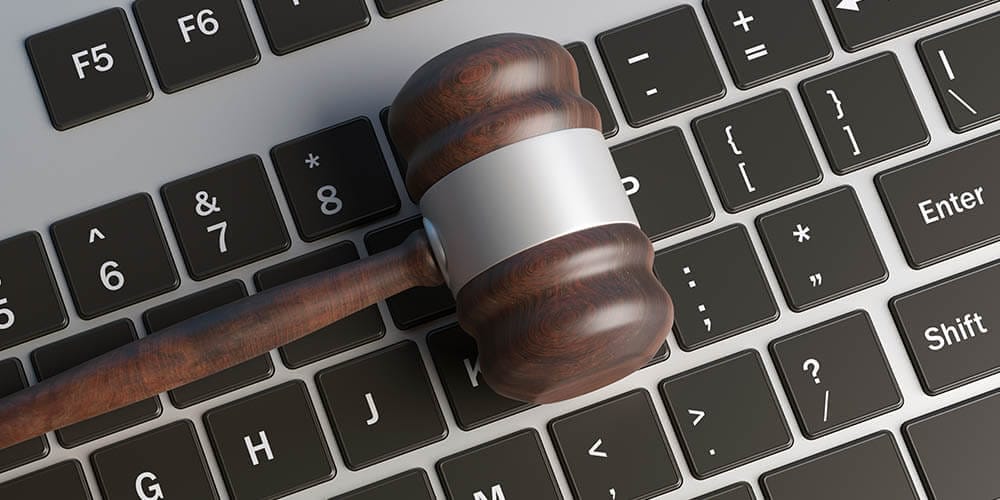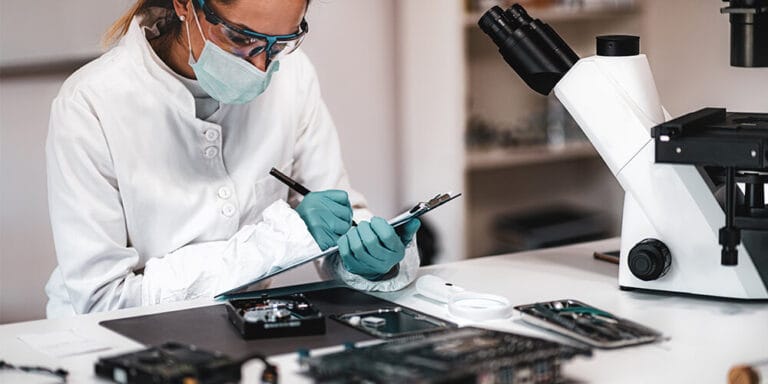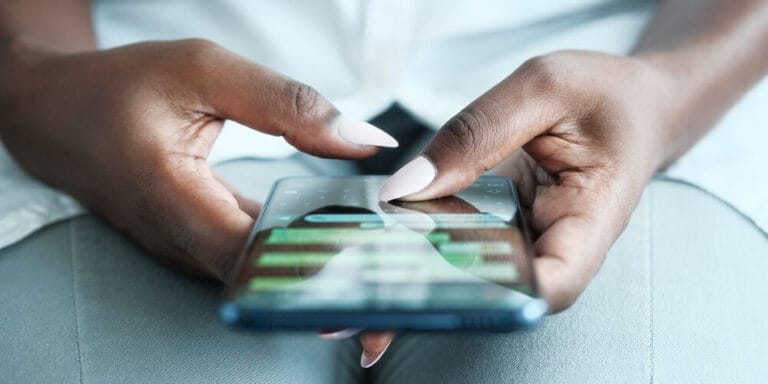Before the onset of the coronavirus pandemic, the legal industry was poised for the most technologically advanced year in history. Now, in the wake of this public health crisis, the justice system has turned to real-time technologies to continue practicing law. From remote depositions to paperless exhibits, First Legal is here to support you in these uncertain times.
As paper-centric proceedings become a thing of the past, we’re sharing our list of the best legal technologies of 2020. The best part? All of these tools are still accessible while adhering to social distancing guidelines!
1. Remote Depositions
As shelter-in-place orders continue, more and more states have chosen to allow remote depositions. In California, Governor Newsom even issued an executive order that allows for remote depositions in every case. (For the most up to date information about the admissibility of remote depositions, please refer to your state legislative office. First Legal is not a legal advisor. Clients should determine the admissibility of remote depositions based on their location.)
With the help of a webcam and a reliable internet connection, remote depositions are the perfect alternative to in-person proceedings. They are cost-effective and efficient. When you schedule your remote deposition with us, you have the option to include up to 100 participants from anywhere in the world.
Remote depositions also provide flexibility in transcription method. Clients can choose to order a rough transcript, expedite an order, or add optional real-time transcription services to their remote deposition package. At First Legal, many of our real-time court reporters already have experience with remote depositions. We recommend real-time transcription so that you won’t miss a word. Furthermore, when the transcript is immediately available, you have the option to mark text, run searches, or share excerpts during testimony.
2. Paperless Exhibits
Paperless trail exhibits are both practical and environmentally friendly. By going paperless, you can easily share or introduce exhibits mid-proceeding. This gives you the freedom and flexibility to choose the best evidence in the moment. Participants receive copies of the exhibit directly to their devices as you introduce the evidence in real-time.
3. Legal Videography
Videography has the power to capture subtleties that transcription alone cannot record. Changes in intonation and small visual cues can be very compelling when played for a jury at trial. Advances in video synchronizing technology have made it much more cost-effective to create video clips that are synchronized with the official transcript. When you prepare for trial, it’s very simple to ‘clip’ out the relevant section of testimony and playback the recording alongside the transcript. With the help of an expert legal videographer, it’s even possible to create these clips during cross examination!
4. Native Evidence Capture
Like legal videography, native evidence capture offers an alternative method to capture both witness testimony as well as the intricacies of how the witness interacts with an electronic exhibit. The technology simultaneously records the witness and their mouse movements, keystrokes, drop-downs, formulas, and calculations. This recording is combined with footage of the witness to create a picture-in-picture recording for the judge or jury. By observing the witness as they work with a digital exhibit, it’s easier than ever to understand their testimony.
Final Thoughts
At First Legal, we are proud to offer you a diverse set of virtual deposition tools, such as paperless exhibits, remote depositions, and videography. Our scheduling team will coordinate the best date and time with all parties, then our technical team will assist in connecting all parties via their personal computers.
Thanks for reading! If you enjoyed this article, let us know in the comments and feel free to share it on social media. Remember: we’re here for you from File Thru Trial™.





